UNESCO World Heritage sites represent locations of exceptional cultural or natural importance. Recognized for their universal value to humanity, these sites are safeguarded for future generations. To earn this distinction, a site must exhibit historical, cultural, and often architectural brilliance. Here's a curated selection of ten certified classics, UNESCO's iconic heritage sites that are enduring, extraordinary, and entirely awe-inspiring.
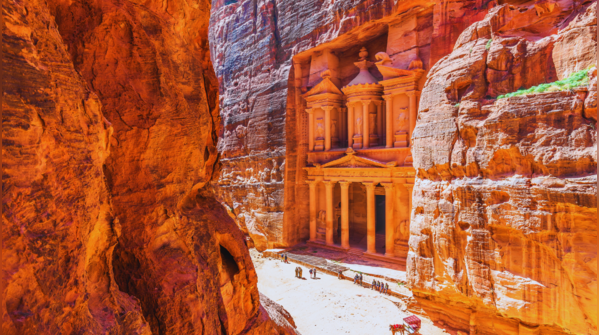
Entering Petra is like stepping onto a sandstone stage set for legends. Carved directly into pink cliffs, this ancient Nabataean city emerges with theatrical flair at the end of a narrow gorge. Regardless of the number of photos you've seen, experiencing the real thing still manages a dramatic pause before taking your breath away.
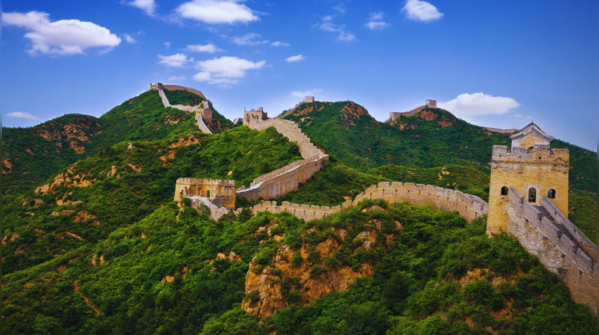
The Great Wall snakes over mountains like a giant’s sketch across a scroll. More than just immense in length, it is layered with centuries of defense, determination, and dynastic ambition. Standing atop it evokes a sense of invincibility, despite the fact that it was constructed without modern machinery.
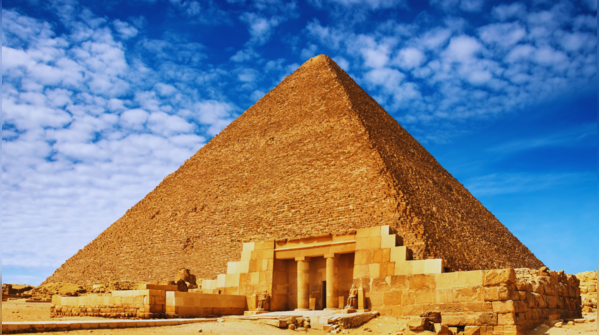
Older than logic, sharper than modern rooftops, and still mathematically mysterious, the Pyramids have been stunning humans for 4,500 years and will continue to do so, indifferent to digital cameras or desert heat.

Nestled high among the peaks, Machu Picchu is both an Incan masterpiece and a stony enigma. Whether it was a sacred sanctuary or an ancient escape, the views are enough to steal your breath, even before the altitude does.
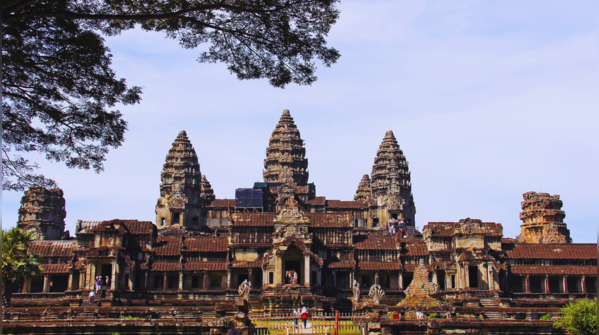
At sunrise, it glows. By midday, it dazzles. As dusk falls, it slips into silhouette. Angkor Wat is not just a temple; it’s a living light show. Holding the title of the world’s largest religious monument, it carries its fame with quiet, sandstone serenity.
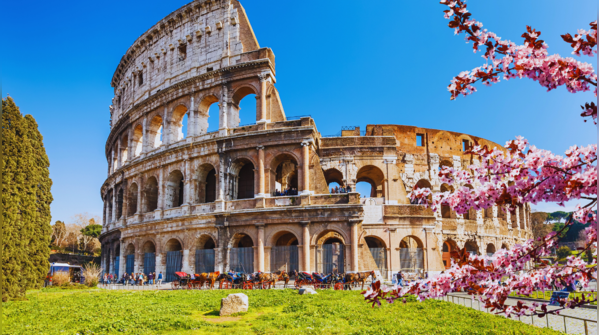
You’ve seen arenas, but now meet the oldest of them all. The Colosseum once hosted gladiators, wild beasts, and emperors with questionable ethics. Today, it entertains with history and awe, minus the lions.
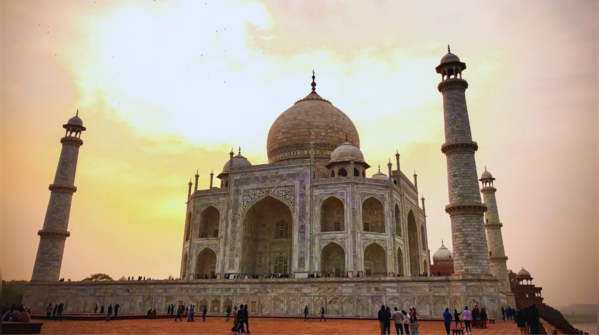
The Taj Mahal is an iconic symbol of love and Mughal architecture. Built by Emperor Shah Jahan in memory of his wife Mumtaz Mahal, the white marble mausoleum features intricate inlay work and symmetrical gardens, remaining one of the most admired and visited monuments in the world.

Easter Island is known for its enigmatic moai statues – massive stone figures carved by the island’s early inhabitants. Scattered across the volcanic landscape, these statues reflect a rich Polynesian culture and spiritual tradition, remaining a powerful symbol of human creativity and mystery.
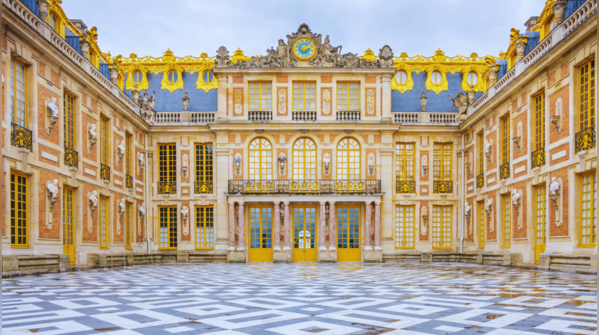
The Palace of Versailles, a UNESCO World Heritage Site, is a symbol of absolute monarchy and French grandeur. Once the royal residence of Louis XIV, it features opulent halls, ornate gardens, and the famous Hall of Mirrors, remaining a masterpiece of 17th-century art and architecture.
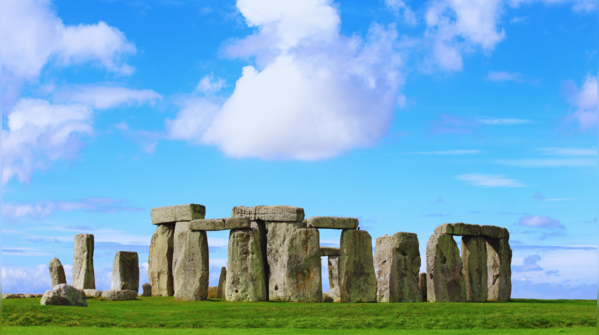
Stonehenge, a UNESCO World Heritage Site in southern England, is one of the world’s most iconic prehistoric monuments. Dating back over 4,500 years, this mysterious stone circle continues to intrigue historians and archaeologists alike. Its exact purpose remains debated, but it’s believed to have served ceremonial or astronomical functions.
Newer articles
Older articles
 The 'Good Cop, Bad Cop' Parenting Strategy: Does It Do More Harm Than Good?
The 'Good Cop, Bad Cop' Parenting Strategy: Does It Do More Harm Than Good?
 5 Natural Ways to Strengthen Your Heart and Reduce Disease Risk
5 Natural Ways to Strengthen Your Heart and Reduce Disease Risk
 Broadside: Broad Slams India's Team Choices After Headingley Test, Calls for Edgbaston XI Changes
Broadside: Broad Slams India's Team Choices After Headingley Test, Calls for Edgbaston XI Changes
 Wimbledon Serves Up India: Tennis Giant Courts Cricket-Crazy Nation for Growth
Wimbledon Serves Up India: Tennis Giant Courts Cricket-Crazy Nation for Growth
 England's Ben Duckett: The New Virender Sehwag? Former Coach Draws Bold Comparison
England's Ben Duckett: The New Virender Sehwag? Former Coach Draws Bold Comparison
 Archer Set for England Return? Broad and Buttler Advocate for Pacer's Second Test Inclusion
Archer Set for England Return? Broad and Buttler Advocate for Pacer's Second Test Inclusion
 Ashada Gupt Navratri 2025: Unveiling Dates, Timings, and Esoteric Significance
Ashada Gupt Navratri 2025: Unveiling Dates, Timings, and Esoteric Significance
 Suryakumar Yadav's Sports Hernia Surgery: What It Is, Who's at Risk, and Path to Recovery
Suryakumar Yadav's Sports Hernia Surgery: What It Is, Who's at Risk, and Path to Recovery
 The Evil Eye: Protective Charm or Portal to Darkness? Exploring the Symbol's Dual Interpretations
The Evil Eye: Protective Charm or Portal to Darkness? Exploring the Symbol's Dual Interpretations
 Jaiswal Eyes Gavaskar's 49-Year Record: India's Opener Nears Milestone 2,000 Test Runs in Edgbaston Clash
Jaiswal Eyes Gavaskar's 49-Year Record: India's Opener Nears Milestone 2,000 Test Runs in Edgbaston Clash